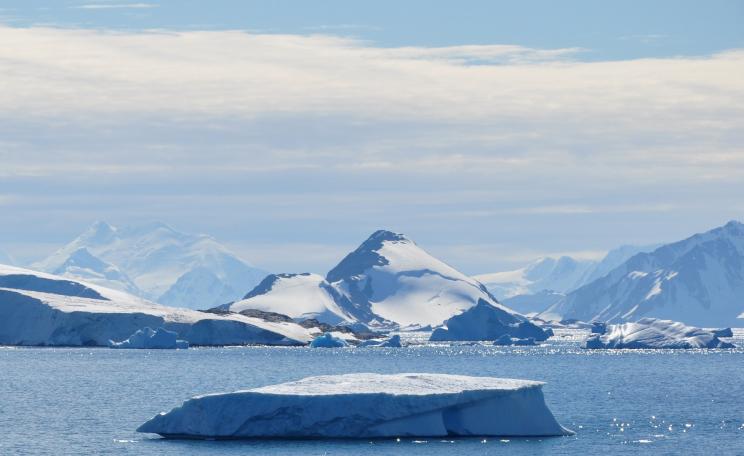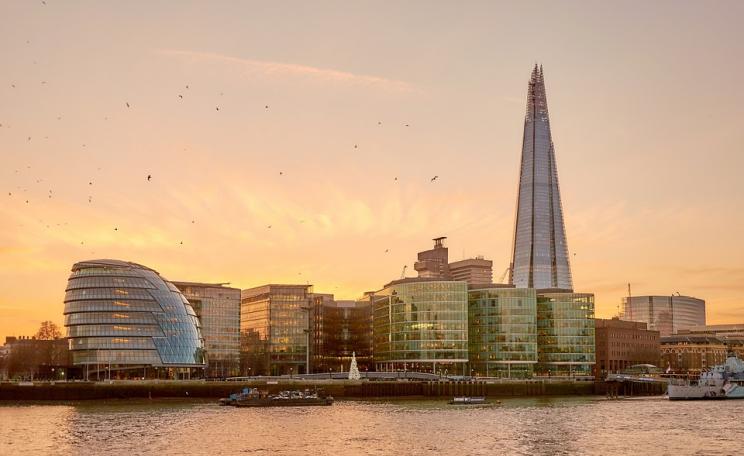Seaweeds not only influence the pH at the microscale as described in this study, they may also help larger animals including clams, oysters and crabs to overcome the effects of ocean acidification.
Seaweeds can provide refuge for calcifying organisms at risk from increasingly acidic oceans, according to new research published in the journal Functional Ecology.
CO2 in the atmosphere dissolves directly into seawater, lowering the pH and making it acidic.
Kelp and other seaweeds are ecosystem engineers that shape their physical and chemical surroundings. They soak up CO2 during the day through photosynthesis and thereby temporarily increase the pH level of seawater.
Kelp blades
Physiological ecologists from the Institute for Marine and Antarctic Studies at the University of Tasmania studied the most common and widespread kelp in the southern hemisphere, Ecklonia radiate, focusing on the chemical microenvironment that develops at the surface of their blades, called the diffusive boundary layer (DBL).
Using kelp blades from the Tinderbox Marine Reserve, a wave-sheltered area in the south of Tasmania, the team conducted laboratory experiments to measure the characteristics of the DBL under different light and water flow conditions.
They showed that, in slow flow, kelp create a microlayer above their blades with much higher pH levels than in the surrounding seawater.
Dr Fanny Noisette from the University of Tasmania said: "With the increasing risk of ocean acidification, small calcifying organisms such as bryozoans, tube-forming worms, small molluscs or crustaceans living on the blades might be able to better cope with this phenomenon.”
Bryozoans and tube-forming worms are filter-feeding organisms, contributing to the control of planktonic populations. Moreover, they can form colonies on a variety of different surfaces, from rocks to sandy sediments to the hulls of ships providing hard habitats and shelter for juveniles of other species.
Seaweed communities
These and other calcifying organisms are especially vulnerable to ocean acidification as it prevents them from forming and/or repairing their shells or skeletons. Kelp blades may be able to provide a temporal relief from these corrosive and harmful conditions.
Noisette added: "Some invertebrates are very small in their early life stages and could also find shelter in these microenvironments shaped by kelps. Larvae, for example, are usually not able to regulate their internal pH and are more sensitive to decrease in seawater pH.
"By settling on the blades in their early stages of development, they might be able to temporary alleviate stress or train for the harsher conditions that await them in the open ocean."
Associate Professor Catriona Hurd, also with the university, said the study adds to growing evidence that seaweed communities could mitigate the negative effects of ocean acidification and help coastal ecosystems adapt to global changes.
She said: "Seaweeds not only influence the pH at the microscale as described in this study, they may also help larger animals including clams, oysters and crabs to overcome the effects of ocean acidification. It is now well known that the pH below seaweed canopy is generally different from the surrounding water.”
This Author
Catherine Harte is the contributing editor of The Ecologist. This story is based on a news release from the University of Tasmania. The full report can be read online.







